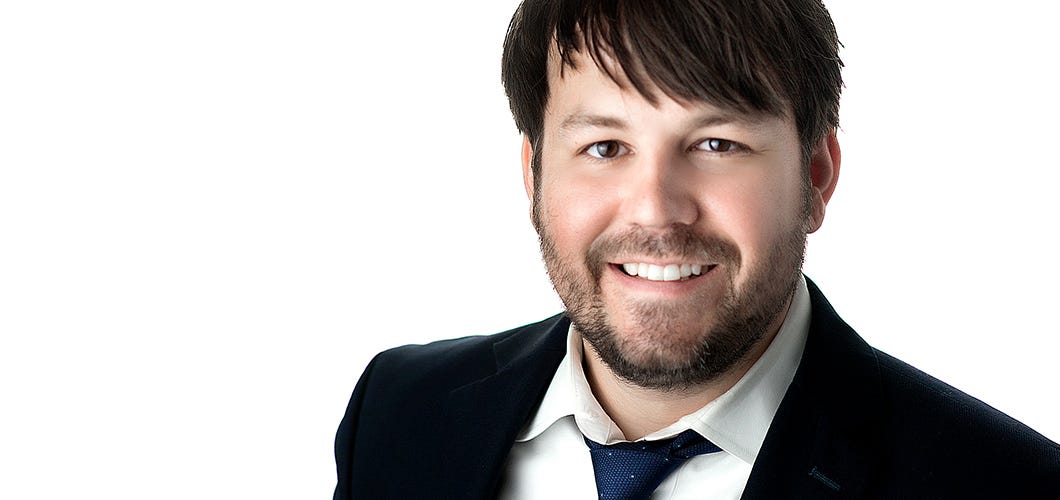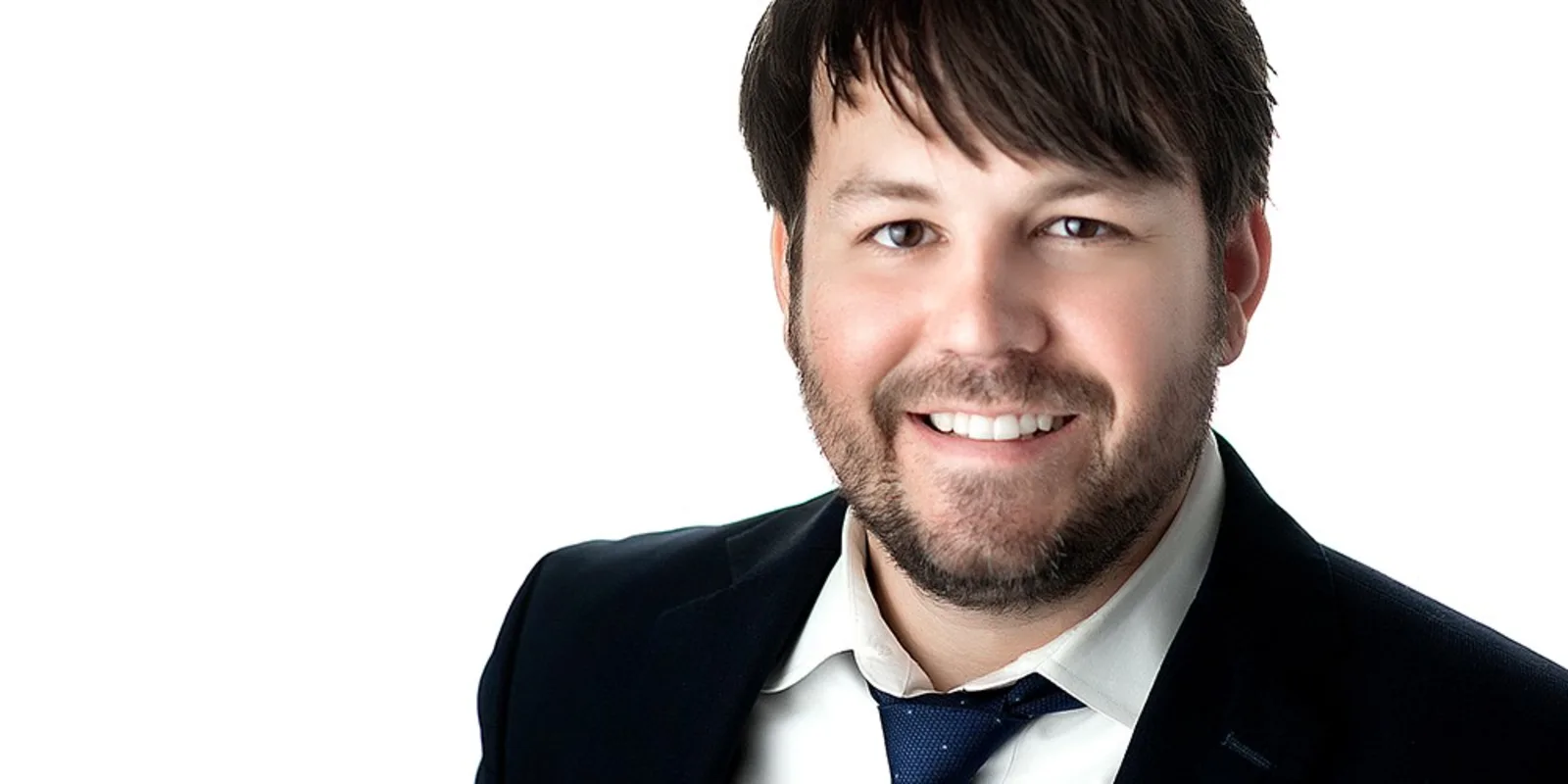
Name: Jerad Gardner, MD
Specialty: Pathology
Education: Emory University, Tulane University School of Medicine, University of South Alabama, Pensacola State College
Areas of Expertise: Bone, Soft Tissue, and Dermatopathology
Current Position: Associate Professor of Dermatopathology, University of Arkansas for Medical Sciences
1. Why did you choose pathology?
I worked in a pathology lab as a teenager. It was amazing serendipity. I watched everything the pathologists did and loved it all. Later when I took Histology in undergrad, I loved that, too. I tried to keep an open mind during med school, but I was almost certain from day one that I was born to be a pathologist. And I still feel that way to this very day, 5 years into practice.
2. What area of pathology is changing most rapidly?
Molecular pathology without a doubt. We are discovering new translocations and mutations of genes at a dizzying pace. Sometimes these discoveries make diagnosis so much easier for a given tumor because we have a new and useful ancillary test.
But on the flipside, sometimes molecular pathology creates more questions and reveals how little we understand about the pathology of some diseases. A great example is how multiple totally different diseases can have the same exact molecular abnormality. It’s kind of mind blowing. Although the complexity can be frustrating, it ensures that our field is never boring.
3. What is the last journal article or piece of research that significantly changed your practice?
Most research I read is very esoteric, dealing with rare diseases most people (including doctors) have never even heard of, like this wonderful paper expanding our understanding of myxoinflammatory fibroblastic sarcoma.
A more recent example that might appeal to a broader medical audience would the MSLT-2 trial, which provided data regarding pros and cons of completion lymph node dissection for melanoma. MSLT-2 hasn’t directly changed my practice much yet, but I think it will in time. It has definitely changed the way I think about this controversial topic.
4. What is a common misconception that other clinicians have about pathology?
Myth 1: “Pathologists only do autopsies.” Forensic and autopsy pathology is very important, but it’s a small component of our multifaceted field. I haven’t performed an autopsy in years. I diagnose cancer and other diseases on tissue biopsies from LIVE patients. Pathologists do many different things, but most of these are focused on the living, not the dead.
Myth 2: “Pathologists are introverted and antisocial.” Most pathologists rarely talk to patients directly (exceptions exist), but we communicate with many other doctors and professionals all day long. As an extrovert, I was told that I shouldn’t become a pathologist. Yet being a “people person” has worked perfectly for my pathology career.
5. Who are your mentors?
Mary Schwartz taught me “it’s all about the patient!”; I should always know what will happen to the patient (treatment & prognosis) because of any diagnosis I make. Jae Ro taught me the love of teaching. Alberto Ayala sparked my interest in sarcomas. Suzanne Powell set the gold standard for what a program director should be like. Sharon Weiss taught me sarcoma pathology, how to be gracious and professional, and how to use good grammar. Mark Edgar taught me to love granular details and subtleties of soft tissue pathology. Doug Parker, Hafeez Diwan, Victor Prieto, Jon Reed, Ron Rapini, Bruce Smoller, and many others taught me dermatopathology.
6. What’s the best advice you’ve ever received?
My wife taught me that I should do things in my career because they are important and meaningful to me personally, not just because I want to please someone else. She taught me to do what I love and to say no to everything else when possible. She taught me to value family and relationships more than career advancement.
This shift of mental framework gave me the freedom to pursue the things that I was passionate about and let the rest go. Rather than inhibiting my career, this has been my recipe for success and has kept me from burnout. My wife is my most influential mentor of all.
7. What has been your most gratifying moment of being a clinician?
Most of mine are quiet victories inside my mind or between me and my colleagues and trainees when we figure out a rare diagnosis that leads to better patient care. Since patients rarely see us face to face, the “feel good” moments in medicine are a bit different for pathologists (but no less significant!). But one time when I diagnosed a very rare sarcoma, the patient joined Twitter just so she could track me down and thank me. It was amazing. She went on to found a cancer-related non-profit organization, and we have since become friends and worked together on cancer advocacy issues.
8. How do you prepare for your workday?
Well, I have 3 young daughters (5, 4, and 2), and my wife is also a doctor (child psychiatry). At this point in life, getting ready for work is more about survival than preparation. Seriously, though, I usually just show up and see what cases I have for the day. It’s one very nice thing about being a pathologist.
9. Outside of your daily practice, do you have any personal or professional projects that you’re passionate about?
My mission is to convince all doctors to use social media professionally. There are so many benefits not only for our careers, but also for patients and the future of medicine.
By the end of my career, I also want to see every rare disease have its own patient support group on Facebook (or whatever platform is popular in 40 years) and to have patient leaders working alongside doctors and researchers via these groups to educate each other, to enhance advocacy, and to conduct powerful research. This is the future of how we will approach rare diseases. We must embrace it now.
10. What is the biggest challenge in pathology?
Most pathologists don’t see patients face to face. It’s a blessing and a curse. Blessing because some of the painful aspects of medicine are removed from us (e.g. — telling a patient they have a terrible cancer and poor prognosis). Curse because many patients don’t know who we are or what we do, and thus we get left out of medical conversations and decisions where we could add value.
Also, we make a lot of very serious diagnoses daily. It’s hard sometimes even though I don’t speak with the patient directly; I know my diagnosis will drastically change their whole life.
11. Tell us a little more about using Snapchat and other social media in your profession.
I teach pathology globally via social media. I volunteer in Facebook sarcoma patient support groups and partner with them to do research. I run social media for two major pathology organizations. I used social media metrics when applying for academic promotion (it worked!). I tried Snapchat because my med students ALL use it but found it confusing…and then Buzzfeed wrote an article about me and my lack of Snapchat skills. But being on Buzzfeed may be the highlight of my whole career!
12. What are your favorite Doximity features and how have they helped your productivity (Dialer, DocNews, Career Navigator, e-Fax, etc.)?
The e-fax feature has been awesome. It is crazy to me that the field of medicine is still wedded to faxing info back and forth. Sometimes I have needed to fax things when out of the office. Who has a fax machine at home? Thankfully, Doximity has made it possible for me to send and receive faxes via their easy web-based HIPAA-compliant platform.






